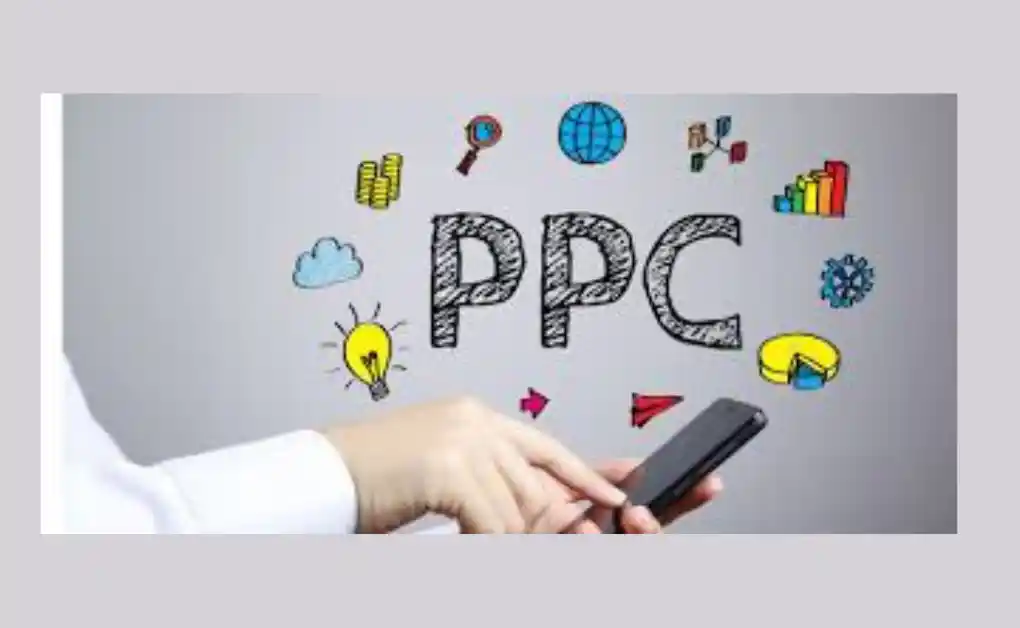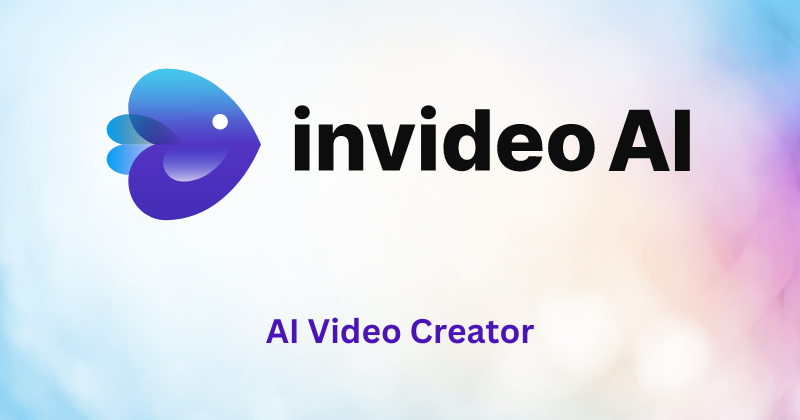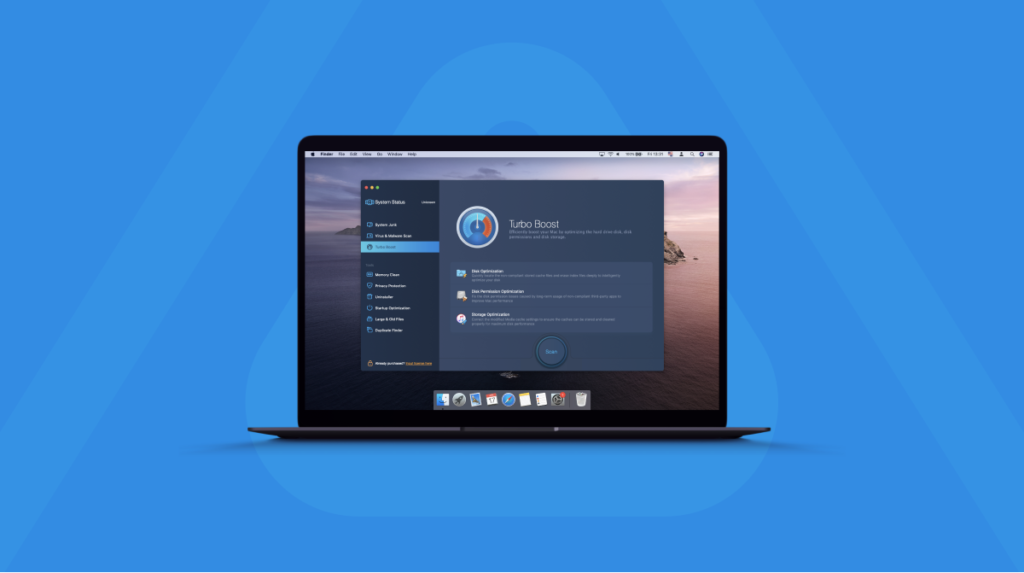Pay-Per-Click (PPC) advertising is a cornerstone of digital marketing that enables businesses to drive targeted traffic to their websites quickly. By placing paid ads on search engines, social media platforms, and other websites, you can ensure your brand reaches the right audience at the right time. This guide will provide an in-depth look at PPC and its essential elements, strategies, and best practices.
Key Takeaways
- PPC is an advertising model where advertisers pay a fee each time their ad is clicked.
- It is a fast and measurable way to drive traffic, leads, and sales.
- Effective PPC campaigns require careful keyword research, compelling ad copy, and well-designed landing pages.
- Success depends on continuous testing, optimization, and staying updated on platform trends.

What Is PPC?
Pay-Per-Click (PPC) is a digital advertising model where advertisers pay a fee each time a user clicks on their ad. It’s a way to buy visits to your site rather than earning them organically through SEO. PPC ads can appear on search engines, social media platforms, display networks, and other digital channels.
Unlike traditional advertising, PPC is highly targeted and data-driven. You only pay for measurable actions (clicks), making it a cost-effective solution for reaching potential customers.
Why PPC Matters
PPC offers several advantages over other marketing strategies:
- Immediate Results: While SEO can take months, PPC provides instant visibility on search engine results pages (SERPs).
- Targeted Reach: You can tailor your ads based on demographics, location, interests, and search behavior.
- Cost Control: Set daily budgets and only pay for actual clicks, ensuring optimal use of your marketing budget.
- Measurable ROI: Access detailed analytics to measure the performance of your campaigns.
- Brand Visibility: PPC campaigns improve brand awareness and recall, even if users don’t click the ad.
Core Elements of PPC Campaigns
1. Keywords
Keyword research is the foundation of any PPC campaign. Selecting the right keywords ensures your ad appears when users search for relevant terms. Focus on:
- Broad Keywords: To reach a wide audience.
- Long-Tail Keywords: To target specific queries with lower competition.
- Negative Keywords: To avoid irrelevant clicks and save on costs.
2. Ad Copy
Your ad copy should be concise, engaging, and action-oriented. Key components include:
- Headline: Capture attention with a compelling title.
- Description: Highlight the value proposition and include a call-to-action (CTA).
- Display URL: Ensure it’s relevant and trustworthy.
3. Landing Pages
A well-designed landing page can make or break your PPC campaign. It should:
- Align with the ad’s message.
- Be visually appealing and user-friendly.
- Have a clear CTA to encourage conversions.
4. Targeting
Effective targeting ensures your ads reach the right audience. Options include:
- Demographics: Age, gender, income, etc.
- Geolocation: Target users based on their physical location.
- Behavioral Targeting: Tailor ads based on user interests and past interactions.
5. Budget Management
Budgeting is critical to PPC success. Determine:
- Daily Budgets: How much you’re willing to spend each day.
- Bids: The maximum amount you’ll pay per click for specific keywords.

Major PPC Platforms
1. Google Ads
Google Ads dominates the PPC landscape, offering various ad types:
- Search Ads: Appear on search engine results pages.
- Display Ads: Show on websites across Google’s Display Network.
- Shopping Ads: Highlight products with images and pricing.
- Video Ads: Run on YouTube.
2. Microsoft Advertising
Formerly known as Bing Ads, Microsoft Advertising offers similar features to Google Ads but at a lower cost per click. It’s particularly effective for reaching older demographics and professionals.
3. Social Media PPC
Social platforms like Facebook, Instagram, LinkedIn, and Twitter provide robust PPC options with advanced targeting capabilities.
How to Create a PPC Campaign
1. Planning
- Define your goals (traffic, leads, sales).
- Conduct keyword research.
- Analyze competitors’ ads for inspiration.
2. Execution
- Set up campaigns on your chosen platform.
- Write compelling ad copy and design visuals.
- Configure targeting and bidding strategies.
3. Optimization
- Monitor performance metrics (CTR, conversion rate, CPC).
- Adjust keywords, bids, and targeting based on data.
- A/B test ad elements to improve outcomes.
Key Metrics and Analytics
Understanding key performance indicators (KPIs) is essential for evaluating your PPC campaigns:
- Click-Through Rate (CTR): Measures ad relevance.
- Cost Per Click (CPC): Indicates how much you’re paying per click.
- Conversion Rate: Tracks the percentage of users who complete the desired action.
- Quality Score: Affects your ad rank and CPC, determined by ad relevance and landing page experience.
Common PPC Challenges and Solutions
- High CPCs: Mitigate by using negative keywords and refining targeting.
- Low CTRs: Improve ad copy and test different formats.
- Poor Conversion Rates: Optimize landing pages and ensure alignment with ad messaging.
- Ad Fatigue: Refresh creatives regularly to maintain audience interest.
Emerging Trends in PPC
- Automation: Leveraging AI for bid optimization and audience targeting.
- Voice Search Ads: Adapting campaigns for voice-activated devices.
- Interactive Ads: Using engaging formats like video and carousel ads.
- First-Party Data: Focusing on privacy-compliant audience insights.
PPC is a powerful tool that requires strategic planning, continuous monitoring, and adaptability. By mastering its core elements and staying ahead of trends, you can drive meaningful results for your business.
Here’s a concise FAQ section for PPC (Pay-Per-Click) Advertising:
FAQ
1. What is PPC advertising?
PPC is an online advertising model where advertisers pay a fee each time their ad is clicked. It helps drive targeted traffic to your website through platforms like Google Ads and Bing Ads.
2. How does PPC work?
PPC ads appear in search engine results or on websites. Advertisers bid on keywords related to their products or services, and the ads are shown to users who search for those terms. Payment is made when someone clicks the ad.
3. How do I choose the right keywords for PPC?
Choose keywords based on relevance, search volume, and competition. Tools like Google Keyword Planner can help you find high-performing keywords for your campaigns.
4. How much should I spend on PPC?
Your budget depends on your business goals, industry, and competition. Start with a small budget, monitor performance, and adjust based on the results you get.
5. How can I improve my PPC campaigns?
Focus on targeted keywords, optimize your landing pages for conversions, and monitor metrics like click-through rates (CTR) and conversion rates. A/B testing ads and adjusting bids can also improve performance.


